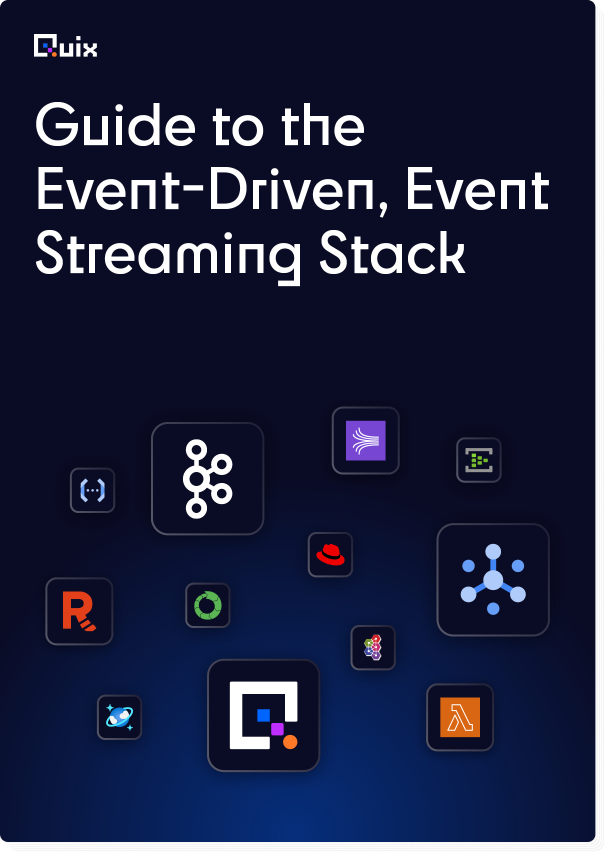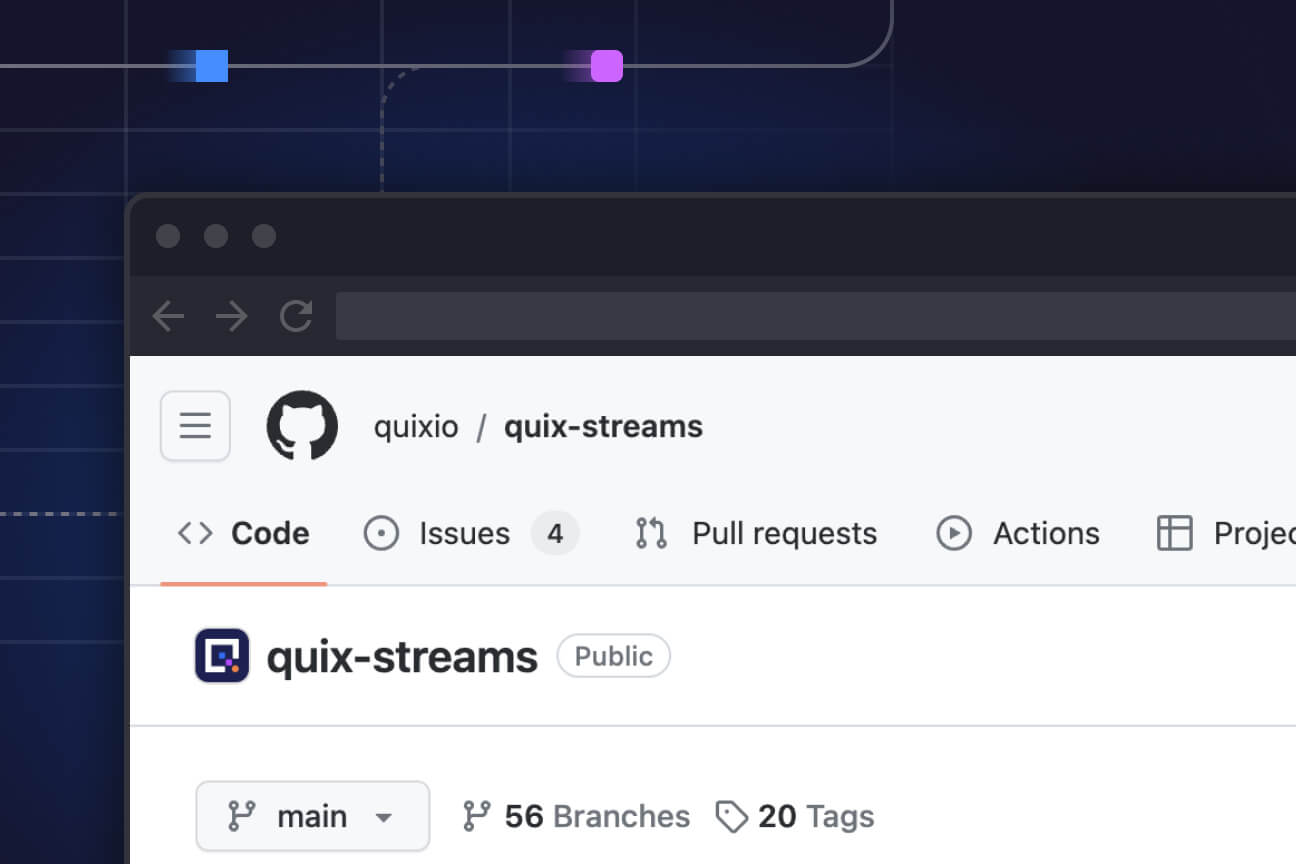The Stream — June 2022 edition
The June 2022 edition of The Stream: covering this month in stream processing on the internet.

The potential of stream processing never ceases to amaze me.
We’ve already written about how stream processing enables extensive personalization of commercial products and lets businesses get the most up-to-date information to the people who need it most. In an effort to improve the lives of individuals and societies, teams have employed stream processing to increase the effectiveness of donations, help doctors deliver tailored healthcare, make cities safer and match people to the resources they need. The Quix team has even demonstrated that stream processing makes machines more human.
But that’s just the beginning. I’ve recently learned more about the application of stream processing to time-series data in national security and disaster prevention. Michael Debouver, a cloud architect at Airbus, recently explained how his team built a streaming architecture that ingests, moves and makes sense of satellite data during an environmental catastrophe. The system doesn’t even involve the internet, and it doesn’t lag for even two seconds. That way emergency services know how to direct people to safety and create accurate rescue plans. Other researchers are discovering connections between armed conflicts and climate change through time-series data and machine learning. Who knows what’s coming next?
Empowering products and people to immediately respond to data can save lives. I’m honored that Quix offers one piece of the puzzle to make that possible.

Can time-series data help researchers understand the relationship between armed conflicts and climate change? Yes.
Find out how by reading “Modelling armed conflict risk under climate change with machine learning and time-series data.”

We’re gathering at Big Data London — get your tickets now!
If you’re in London September 21-22, come meet other stream enthusiasts at Quix’s booth at Big Data London.

Decodable Streaming with Eric Sammer
Decodable Founder @esammer recently sat down with the @software_daily podcast to talk about stream processing and its role in modern data platforms.

To stream, or not to stream? A conversation about when to use (and how we built) stream processing systems
Watch two Quix founders discuss stream processing at McLaren F1 and pick up some helpful information about data processing along the way.
More insights
- There’s no such thing as data (Financial Times)
- The history of data processing technology (Dataconomy)
- 10 Best Practices For Event Streaming Success (Forbes)
- See our community manager doing some real-time streaming out in the wild…
- We’re super proud of our colleague @puratura, who recently published La lira desafinada de Pitágoras (The Out-of-tune Lyre of Pythagoras).
What’s a Rich Text element?
The rich text element allows you to create and format headings, paragraphs, blockquotes, images, and video all in one place instead of having to add and format them individually. Just double-click and easily create content.
Static and dynamic content editing
A rich text element can be used with static or dynamic content. For static content, just drop it into any page and begin editing. For dynamic content, add a rich text field to any collection and then connect a rich text element to that field in the settings panel. Voila!
How to customize formatting for each rich text
Headings, paragraphs, blockquotes, figures, images, and figure captions can all be styled after a class is added to the rich text element using the "When inside of" nested selector system.

Check out the repo
Our Python client library is open source, and brings DataFrames and the Python ecosystem to stream processing.

Interested in Quix Cloud?
Take a look around and explore the features of our platform.

Interested in Quix Cloud?
Take a look around and explore the features of our platform.






